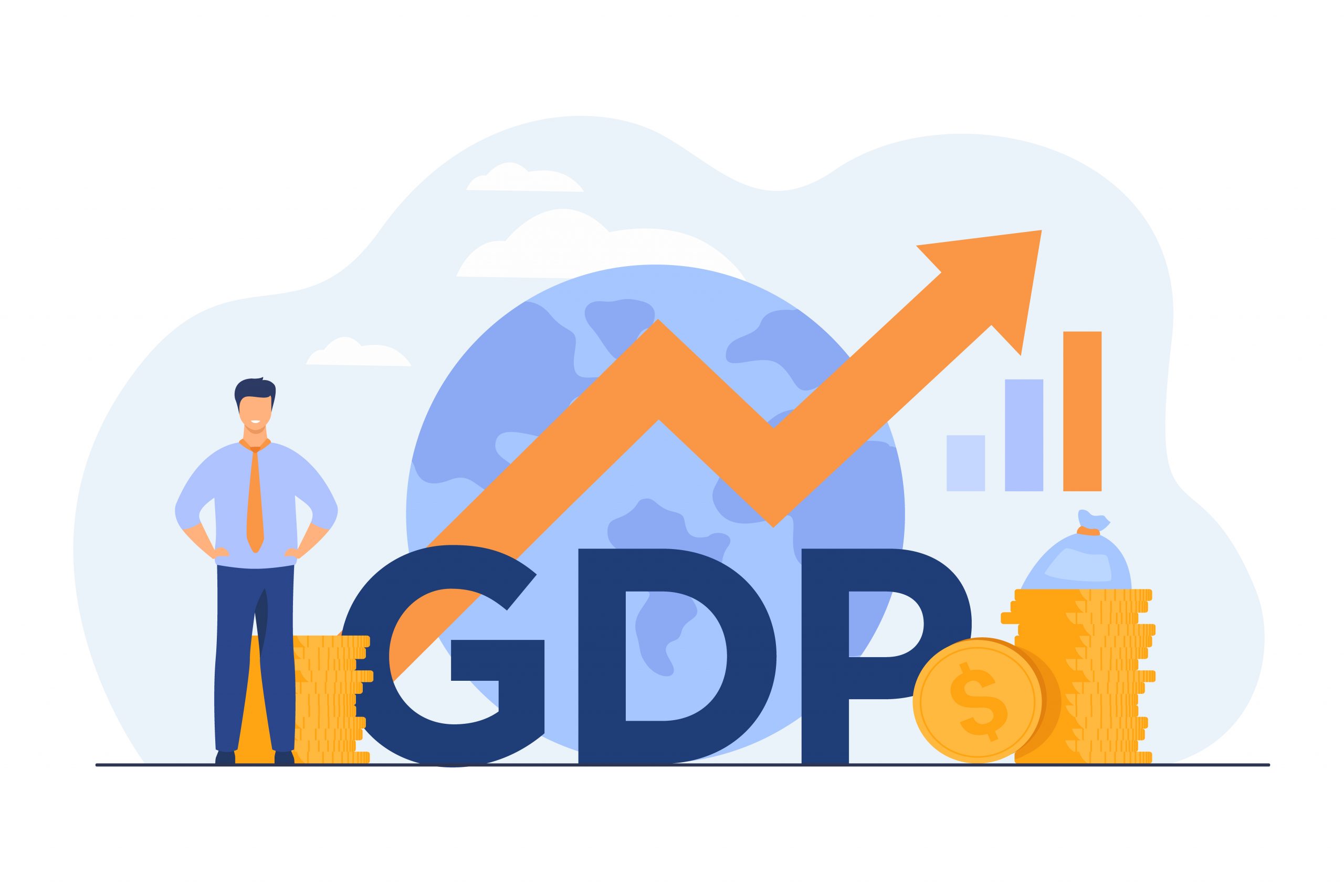May 26, 2023
Gross domestic product (GDP) in the OECD rose by 0.4% quarter-on-quarter in the first quarter of 2023, slightly up from 0.2% growth in the previous quarter, according to provisional estimates. Quarterly OECD growth rates have been weak since the first quarter of 2022.
In the G7, quarter-on-quarter GDP growth remained at 0.3% in Q1 2023. GDP growth recovered in Canada, Japan and France (to 0.6%, 0.4% and 0.2%, respectively, compared with flat growth in all three countries in the previous quarter). Growth also picked up in Italy to 0.5% following a contraction of 0.1% in Q4 2022 and was flat in Germany following a contraction of 0.5%. However, GDP growth slowed in the United States (to 0.3%, compared with 0.6%) and it was unchanged in the United Kingdom at 0.1%.
Several G7 countries have published details of the main factors driving the changes in GDP. In Japan, GDP growth in Q1 2023 was supported by a 0.7% increase in total domestic demand (which includes inventory investment), but a further drop in net exports (exports minus imports) weighed on growth. By contrast, in France net exports were the main driver of growth, reflecting a 1.1% increase in exports and a 0.6% drop in imports. In the United States, slower GDP growth reflected decreased inventory investment (destocking), despite an acceleration of private consumption growth (to 0.9% in Q1 2023, compared with 0.3% in the previous quarter). In the United Kingdom, a fall in government spending and an increase in the trade deficit dampened growth. Italy and Germany have also released preliminary analyses: in Italy, GDP growth was supported by contributions from total domestic demand and net exports, while in Germany, investment and exports increased while private consumption and government spending declined.
Of the OECD countries closest (geographically) to the war in Ukraine, GDP contracted further in Lithuania in Q1 2023 (minus 3.0%, compared with minus 0.5% in Q4 2022). GDP also contracted in Hungary, although at a slower pace than in the previous quarter (minus 0.2% in Q1 2023, compared with minus 0.6%). However, GDP recovered sharply in Poland (growing at 3.9% in Q1 2023, compared with a contraction of 2.3% in Q4 2022). It remained almost unchanged in the Slovak Republic (at 0.2%, compared with 0.3%).
Among other OECD countries for which data is available, Portugal recorded the strongest GDP growth (1.6%) in Q1 2023, followed by Colombia (1.4%), Mexico (1.3%) and Finland (1.1%). GDP contracted in Ireland (by minus 2.7%).
GDP in the OECD area exceeded its pre-pandemic (Q4 2019) level by 4.5% in the first quarter of 2023. In the G7, GDP exceeded its pre-pandemic level by 3.2%, although in the United Kingdom and Germany GDP remained below its pre-pandemic levels. Elsewhere in the OECD, GDP was above Q4 2019 levels in Q1 2023 in all countries for which data was available except Spain and the Czech Republic.
Source: OECD
Legal Notice: The information in this article is intended for information purposes only. It is not intended for professional information purposes specific to a person or an institution. Every institution has different requirements because of its own circumstances even though they bear a resemblance to each other. Consequently, it is your interest to consult on an expert before taking a decision based on information stated in this article and putting into practice. Neither Karen Audit nor related person or institutions are not responsible for any damages or losses that might occur in consequence of the use of the information in this article by private or formal, real or legal person and institutions.






